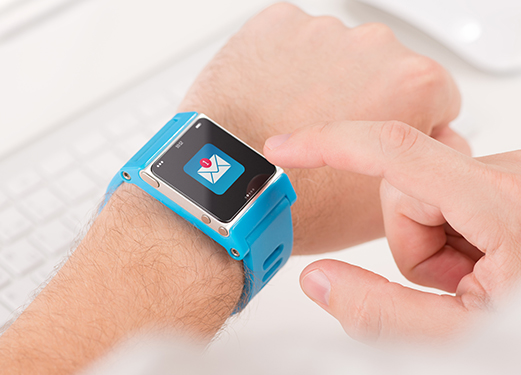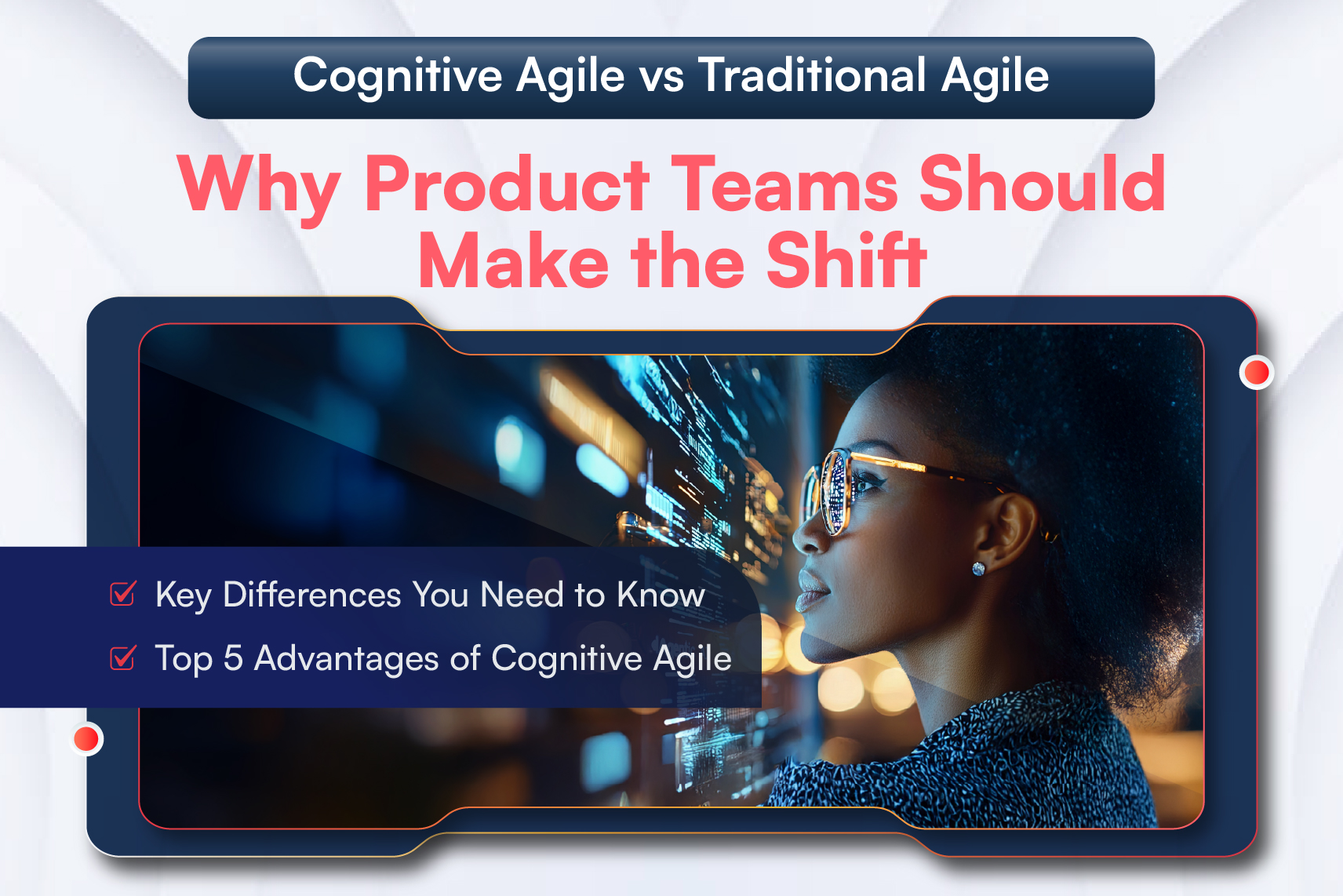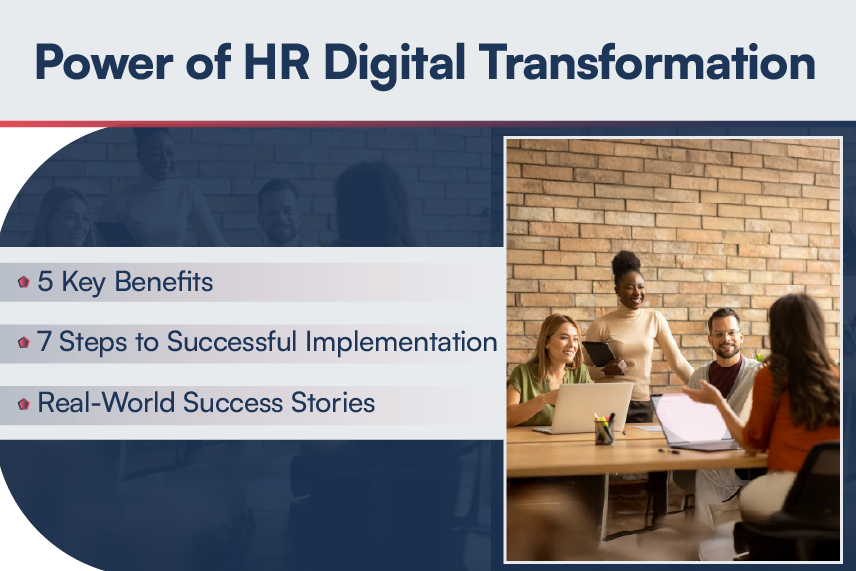
It is a known fact that healthy employees are happier and more productive at work, and cost a company far less money in the long run, leading to better business results. And it goes without saying, anything that promises to improve employee wellness will spontaneously draw the attention of HR leaders. Employers are looking to play a greater role in employee wellbeing and a large number of companies are now introducing wearable technology as part of their wellness program.
The growing fad among young generation lately – be it wearing an Apple watch or a Fitbit – is apparently here to stay and revolutionize workforce management. A study into the impact of wearable technologies states, “The Human Cloud at Work” indicates that employees equipped with wearable technology showed an 8.5% increase in productivity and a 3.5% increase in job satisfaction. ABI Research predicted – more than 13 million wearable devices with embedded wireless connectivity will be integrated into wellness plans offered by corporate businesses by the year 2018.
Role of Wearables
This rising trend today offers a plethora of opportunities for organizations to effectively manage their employees and build next-generation workplaces. Let’s look at some of the major roles played by wearables in modern organizations.
- Improve Employee Health. Wearables, which started out primarily as a fitness tracker have now gone way ahead and are getting transformed into a powerful HR tool. Employees are being encouraged to use wearable devices to keep track of their movements, sleeping patterns, eating habits, and monitor physiological data to promote a healthier lifestyle within, and beyond the workplace. The data captured through these devices enables the HR teams to detect if an employee is stressed from overwork or did not get enough sleep. Over and above that, wearables can identify certain stressful situations in workplaces – like demanding projects or long business meetings. Keeping a track of employees’ body data round the clock helps detect any chronic disease symptoms early and reduce healthcare costs in the long run.
- Enhance Employee Efficiency. Productive wearables in the workplace are strategic to business success. They allow managers to track and analyze their employees’ movement, mental condition, time spent in completing tasks, and eventually take appropriate actions to make them more productive at work. A study by Salesforce found that 66% people report improvements in business performance after deployment of wearables in their companies and 86% plan to increase their wearables investment over the next 12 months. British grocery chain Tesco provided their staffs with armbands at their distribution centre, which track the goods being transported and eliminate the manual transit update and marking clipboards. The devices enable the supervisors to estimate the process completion time and check proper order fulfillment status making the delivery process smooth and efficient. Similarly, at Amazon, the pickers (who pick orders for delivery) wear GPS tags which are designed to guide them to the most efficient route to the inventory to collect the item for delivery, reducing time spent traveling up and down aisles and maximizing efficiency. It might sound fictional, but there is now an EEG headband that helps people understand their cognitive patterns – when they’re at their most creative or productive form.
- Improve Safety and Reduce Risk. Ensuring workplace safety is one of the major concerns of companies. A UC Davis research shows that work-related injuries cost a whopping $250 billion annually to United States. A safe environment is essential for employees’ peace of mind and organizational development. The sensors embedded in the latest wearables can measure human body movement and position critically and provide companies with objective and easily interpretable data that can be turned into actionable insights. For example, a vest fused with sensors all around (for ease- let;s call it a smart vest), can monitor a worker’s health vitals, detect and warn him of any hazardous conditions. Also any data related to hazardous condition, can help the operations team to prevent equipment failure by responding in quickly, thus ensuring reduced downtime.
Overcoming Privacy and Security Challenges
Although, the advent of wearables in the workplaces has opened many horizons for the businesses to manage employees like never before, however data security and employee privacy remain the major inhibitors. A PwC 2016 report demonstrates, 40% of those surveyed said they didn’t trust their employers to use data captured by wearables for their benefit.
Employees exhibit little reluctance with the idea that management is watching their every move, inside and outside of the office; it is reasonable to expect objections and disinclination towards this initiative. Therefore, it is essential to have a right implementation strategy, and a transparent approach towards data management by clearly communicating what the gadgets are for and what types of information will be gathered and how it will be used, to encourage employees to embrace the trend unhesitantly. While wearable devices generally fall outside the scope of the FDA and HIPAA, the data collection part associated with these devices could still be governed by state privacy and security laws.
The Verdict
The journey of digital HR transformation with wearables has just begun; the technology of future has many groundbreaking stories to write on further innovations that make employees’ lives easier and impact business bottom line. This, in turn, creates tremendous possibilities for HCM technology product companies, provided they can rightly tap the opportunity. Today, products like Apple watch, Fitbit, Android wear, and Google glass are omnipresent and tech providers, to stay ahead of the curve, must build robust and secure applications for these gadgets without compromising user experience. Data security, cross-platform capability, limited computing power and smaller screen sizes remain the common challenges for application developers.
Contact us now to know how Harbinger blends its extensive experience in the Human Capital Management (HCM) space with the expertise of Internet of Things (IoT), to build successful products for the digital HR ecosystem.






